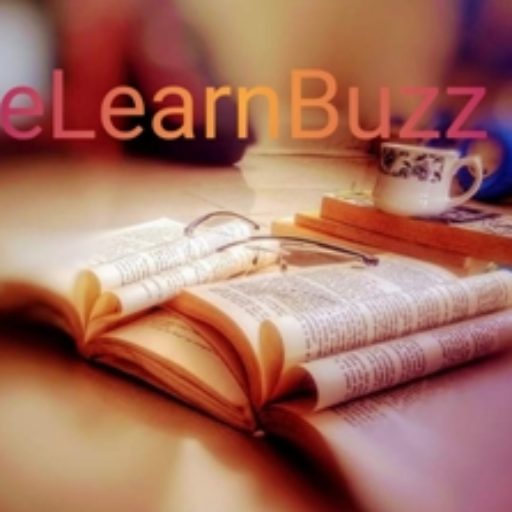Birds and their Specific Features – Environmental Studies (EVS)
Dear readers, in this post Birds and their specific features for environmental studies are given. Birds have feathers, toothless beaked jaws, a four-chambered heart. They breathe through lungs like reptiles, fishes and amphibian. Their boat shaped body, hollow bones wings, feathers help them in flying. They have high metabolic rate and a strong yet lightweight skeleton….
